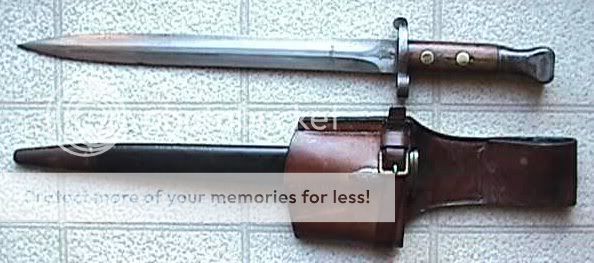Originally posted by Ben
View Post
In which case, I guess I'll just have to copy and paste my previous response:
"...the body had been repeatedly pierced, probably with a bayonet."
Like I said, there was no change of opinion, you have misunderstood the point in the file.
Regards, Jon S.






Comment